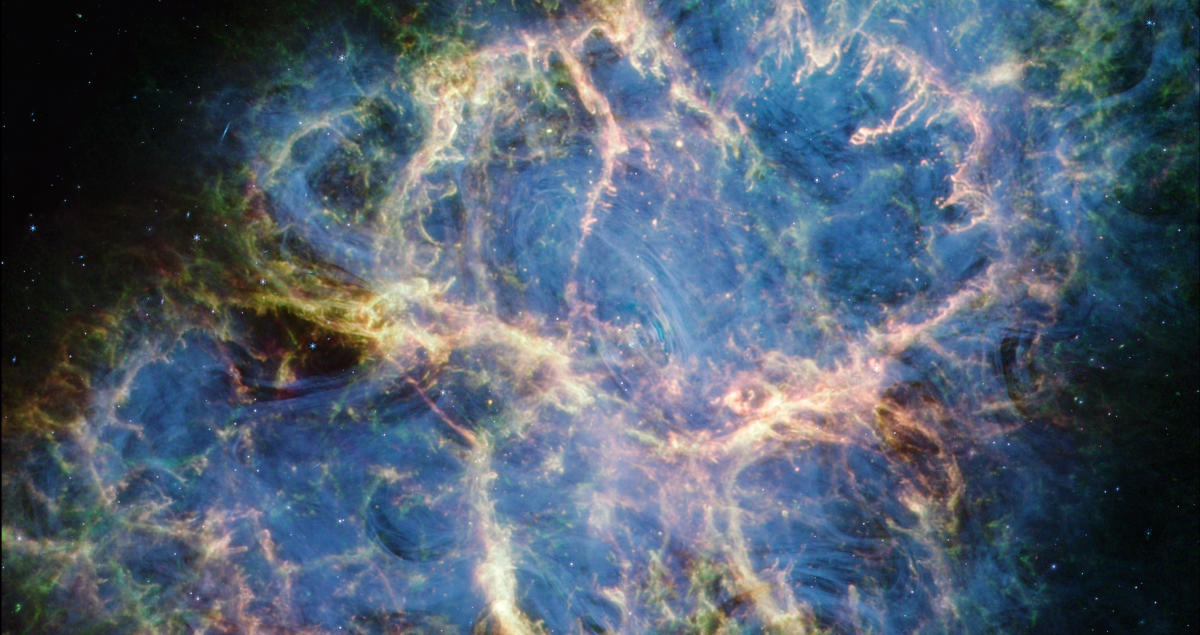Time: 2024-06-22
The Crab Nebula is a stunning celestial object that astronomers have been studying for centuries. It was first observed by astronomers in China in July 1054, who documented a "guest star" shining brightly in the sky for nearly a month. What they were actually witnessing was a cloud of debris from a dying star located roughly 6,500 light-years away in the constellation Taurus. This fascinating object was later named the Crab Nebula by Irish astronomer Lord Rosse due to its unique appearance resembling "claws in every direction."
Recently, the James Webb Space Telescope has provided astronomers with a new mosaic image of the Crab Nebula, revealing intricate details of the structure. The image showcases cage-like formations created by countless dust grains, prominently seen as fluffy magenta material in different regions of the nebula. Unlike other supernova remnants, where dust is concentrated in central areas, much of the Crab Nebula's dust is present in filaments of the outer shell.

NASA's James Webb Space Telescope has been instrumental in dissecting the structure of the Crab Nebula, helping astronomers explore various theories about the origins of this supernova remnant. The star at the heart of the Crab Nebula exploded as a supernova, expanding its material shell at a remarkable speed of 900 miles per second. The remnants of this explosion now span about 11 light-years across, making the Crab Nebula a well-studied yet enigmatic object in the cosmos.
The new data obtained from the James Webb Space Telescope has shed light on the composition and history of the Crab Nebula. The telescope's sensitive infrared capabilities have allowed scientists to study the structure of the nebula in great detail, uncovering new insights about supernovae and star evolution. By mapping the light emitted from dust in the nebula with high resolution, researchers have found that the Crab Nebula's dust forms unique cage-like structures and dense filaments throughout its interior.
Overall, the Crab Nebula continues to intrigue astronomers with its bizarre and fascinating features. The new findings from the James Webb Space Telescope have expanded our understanding of this ancient supernova remnant, opening up new possibilities for research and exploration in the field of astronomy. The Crab Nebula remains a symbol of the mysteries and wonders of the universe, inviting scientists to delve deeper into its secrets and unlock the mysteries of the cosmos.